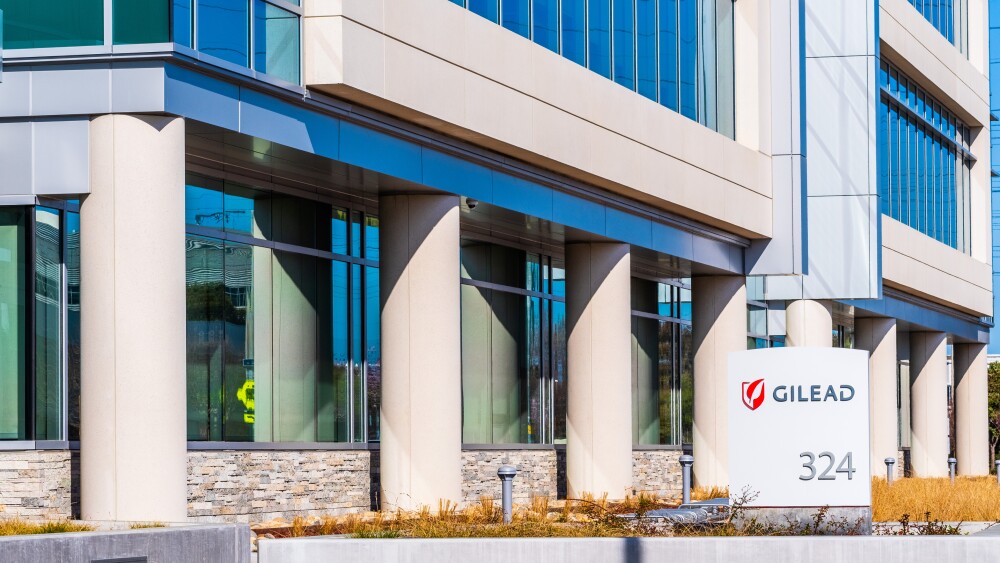RIDGEFIELD, Conn., June 18 /PRNewswire/ -- Today, results from AMADEO*, one of a series of studies comparing two angiotensin receptor blockers (ARBs) in hypertensive patients with diabetic nephropathy, were presented at the 17th annual European Meeting on Hypertension in Milan, Italy.
The randomized, double-blind, forced titration, parallel group, multicenter study included 860 hypertensive patients (>130/80mmHg) with type 2 diabetes and overt nephropathy from 124 centers in 10 countries. Patients were randomized to receive treatment with either Micardis (telmisartan) 80mg or losartan 100mg. To ensure blood pressure control in the two patient groups, other non-ARB treatments (hydrochlorothiazide or a calcium channel blocker) were added, if needed.
No significant difference in blood pressure control or number of adverse events was observed between the two treatment groups.(1)
After treatment of one year, 24 hour protein excretion measured by spot protein to creatinine ratio was reduced by 29% with Micardis (telmisartan) vs. 20% with losartan (p= 0.0284).(1)
At baseline proteinuria was similar for both groups. The change from baseline after 12 months (log transformed Urinary Protein creatinine ratio) was 0.71 for Micardis (telmisartan) vs. 0.80 for losartan (p=0.0284)(1) [Micardis (telmisartan) 0.71 (95% CI; 0.66, 0.77) vs. losartan 0.80 (95% CI; 0.74, 0.87)].(1)
Proteinuria (high levels of protein in the urine) is a very important signal for disease severity in diabetic nephropathy and is also considered a relevant cardiovascular risk factor. Renal outcomes trials have shown that reductions in proteinuria of >30% at six months are strongly linked to slowed progression to end-stage kidney disease and reduced cardiovascular events.(2)
AMADEO* concludes a series of studies which are part of an extensive ongoing trial program, with several clinical studies, as well as observational studies investigating the effects of Micardis (telmisartan) compared with other treatments, including other available ARBs, for hypertension. Note that these trials were investigational and were conducted to expand scientific knowledge of Micardis (telmisartan). These trials include treatment for conditions outside of the approved indications for Micardis (telmisartan).
*A prospective, randomised, double-blind, double-dummy, forced-titration, multicenter, parallel group, 1-year treatment trial to compare telMisartan 40 mg titrated to 80 mg versus losArtan 50 mg titrated to 100 mg, in hypertensive type 2 DiabEtic patients with Overt nephropathy.
About Micardis(R) (telmisartan) tablets
MICARDIS is an angiotensin II receptor blocker (ARB) indicated for the treatment of hypertension and may be used alone or in combination with other antihypertensive agents. In the clinical trial programs PROTECTION, ONTARGET and PRoFESS, over 58,000 patients have been enrolled to investigate the cardiovascular protective effects of MICARDIS.
For more information and full prescribing information, please visit www.MICARDIS.com
Safety Information
USE IN PREGNANCY
When used in pregnancy during the second and third trimesters, drugs that act directly on the renin-angiotensin system can cause injury and even death to the developing fetus. When pregnancy is detected, MICARDIS Tablets should be discontinued as soon as possible (see WARNINGS, Fetal/Neonatal Morbidity and Mortality).
MICARDIS is indicated for the treatment of hypertension.
MICARDIS is contraindicated in patients who are hypersensitive to any of its components.
In patients with an activated renin-angiotensin system, such as volume- and/or salt-depleted patients (e.g., those receiving high doses of diuretics), symptomatic hypotension may occur after initiation of MICARDIS therapy. This condition should be corrected prior to administration of MICARDIS tablets, and treatment should start under close medical supervision.
The most common adverse events occurring with MICARDIS tablets monotherapy at a rate of 1% and greater than placebo, respectively, were: upper respiratory tract infection (URTI) (7%, 6%), back pain (3%, 1%), sinusitis (3%, 2%), diarrhea (3%, 2%), and pharyngitis (1%, 0%). Post-market adverse reactions include bradycardia, eosinophilia, thrombocytopenia, uric acid increase, abnormal hepatic function/liver disorder and renal impairment including acute renal failure, anemia and increased creatine phosphokinase.
About Boehringer Ingelheim Pharmaceuticals, Inc.
Boehringer Ingelheim Pharmaceuticals, Inc., based in Ridgefield, CT, is the largest U.S. subsidiary of Boehringer Ingelheim Corporation (Ridgefield, CT) and a member of the Boehringer Ingelheim group of companies.
The Boehringer Ingelheim group is one of the world's 20 leading pharmaceutical companies. Headquartered in Ingelheim, Germany, it operates globally with 137 affiliates in 47 countries and approximately 38,400 employees. Since it was founded in 1885, the family-owned company has been committed to researching, developing, manufacturing and marketing novel products of high therapeutic value for human and veterinary medicine.
In 2006, Boehringer Ingelheim posted net sales of US $13.3 billion (10.6 billion euro) while spending approximately one-fifth of net sales in its largest business segment, Prescription Medicines, on research and development.
For more information, please visit http://us.boehringer-ingelheim.com. References (1) Burgess E et al. Efficacy of telmisartan compared with losartan in reducing proteinuria in hypertensive type 2 diabetic patients with overt nephropathy. Presented at the Annual Meeting of the European Society of Hypertension. June 2007, Milan, Italy. (2) Bakris G et al. Comparative long term effects of two AT1 receptor blockers on proteinuria in patients with type-2 diabetes and overt nephropathy and hypertension: results of the AMADEO trial. Presented at the Annual Meeting of the American Society of Hypertension. May 2007, Chicago, USA
Boehringer Ingelheim Pharmaceuticals, Inc.CONTACT: Anna Moses, Communications & Public Relations, BoehringerIngelheim Pharmaceuticals, Inc., +1-203-798-4638, oramoses@rdg.boehringer-ingelheim.com




